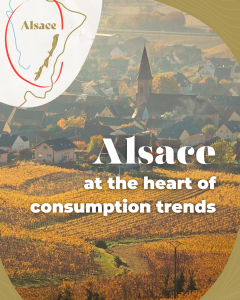
Alsace, at the heart of consumption trends
Alsace stretches out in a mosaic of terroirs, surrounded by the slopes of the Vosges and the plains of Burgundy. Today, it stands out thanks
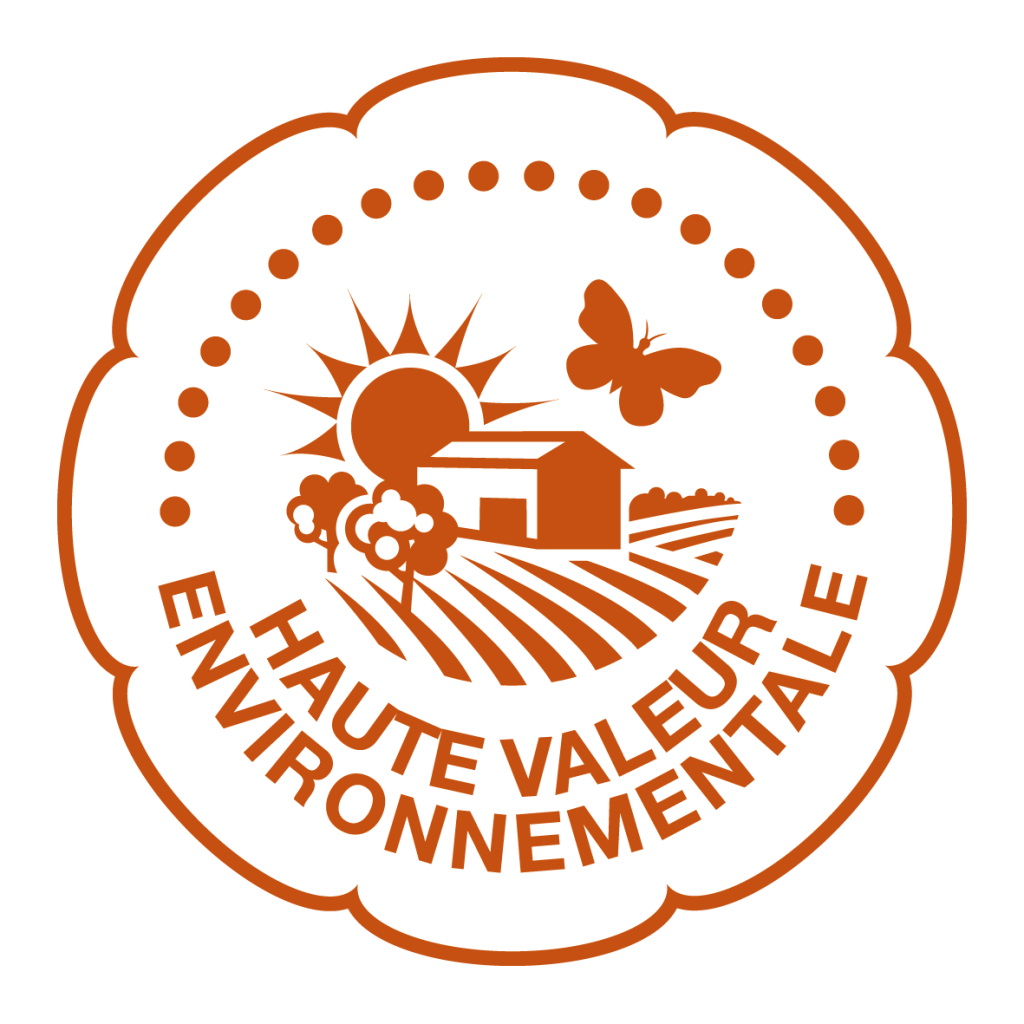
Located in the heart of the Auxerrois, our 23 hectare vineyard includes the Burgundian grape varieties par excellence, Pinot Noir, Chardonnay and Aligoté. But we also have some somewhat atypical grape varieties such as Sauvignon and César…
As for the César grape variety (unique in the Auxerrois), it often thrives on the same soils as the Pinot Noir, and is still tolerated under the Burgundy appellation.
The Sorin-Coquard estate has been a winegrower for several generations, and today cultivates 25 hectares in the commune of Saint Bris le Vineux, spread over the appellations Bourgogne Côtes d’Auxerre red, white and rosé, Bourgogne Aligoté, Saint Bris and Irancy. The family business mainly produces wines on clay and limestone soils which give the wines a nice freshness and a great minerality.
WHITE WINES
On the estate, the grapes are harvested mechanically, and since the 1995 vintage, the pneumatic presses enable an optimum extraction of the juice without too much “bourbe” (cells in the pulp).
After a static settling of 18 hours, the vinification is carried out in stainless steel tanks with indigenous yeasts (present in the grapes) at a controlled temperature of 18 to 20°C. The wine is aged on its lees after malolactic fermentation for between two and five months, depending on the year.
RED WINES
The harvest is also carried out mechanically, and is transported to the estate’s cellar in stainless steel containers. The grapes are then destemmed and sorted manually by 6 people in order to eliminate the vegetable matter that comes into contact with the grapes during the alcoholic fermentation.
A period of 4 to 6 days of cold maceration (8 to 10°C) is carried out in order to extract colour and fine tannins, and the fruitiness of the wines.
The fermentation itself lasts between 6 to 8 days with a maximum temperature of 30°C. After devatting, 20% of the harvest is stored in rooms and the rest in cement tanks. The malolactic fermentation is completed.
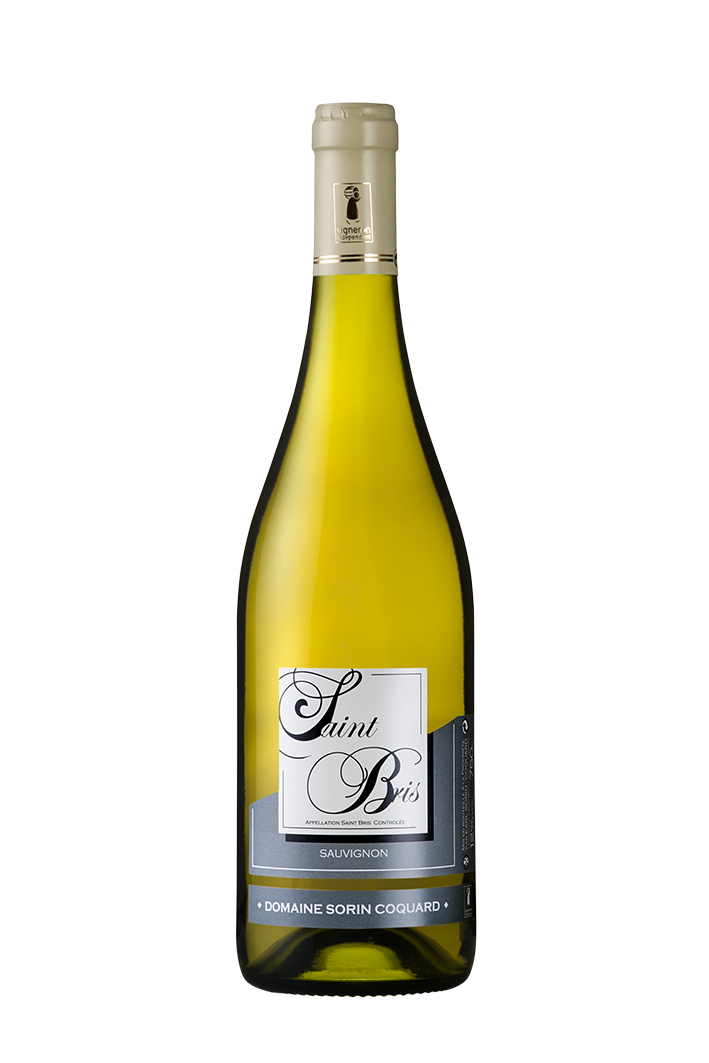
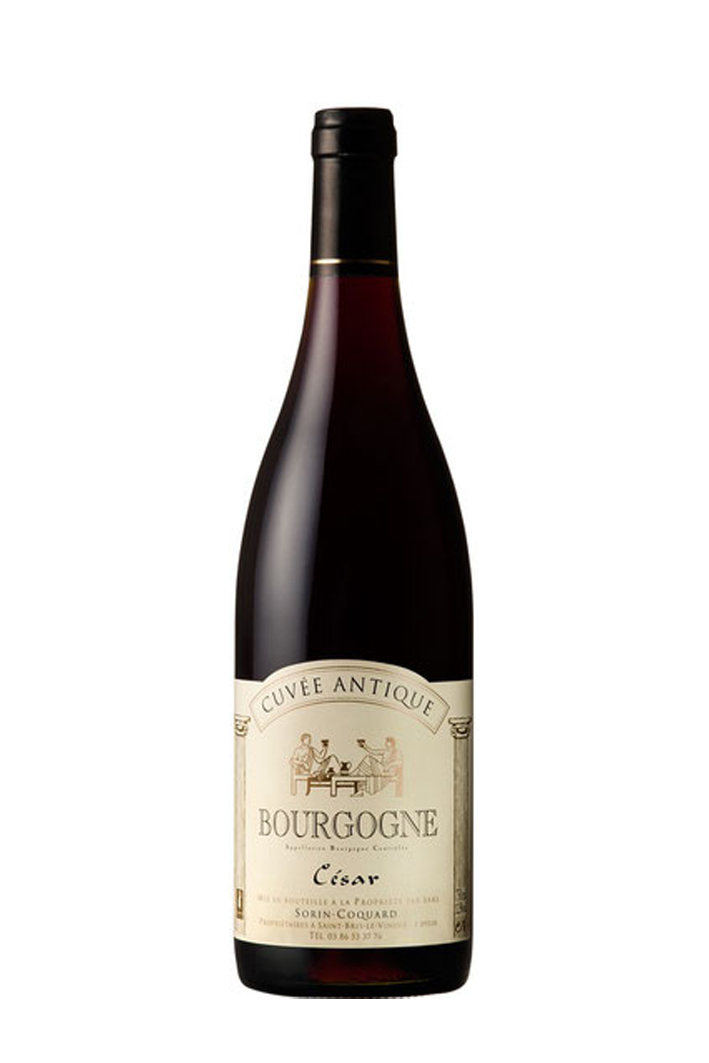
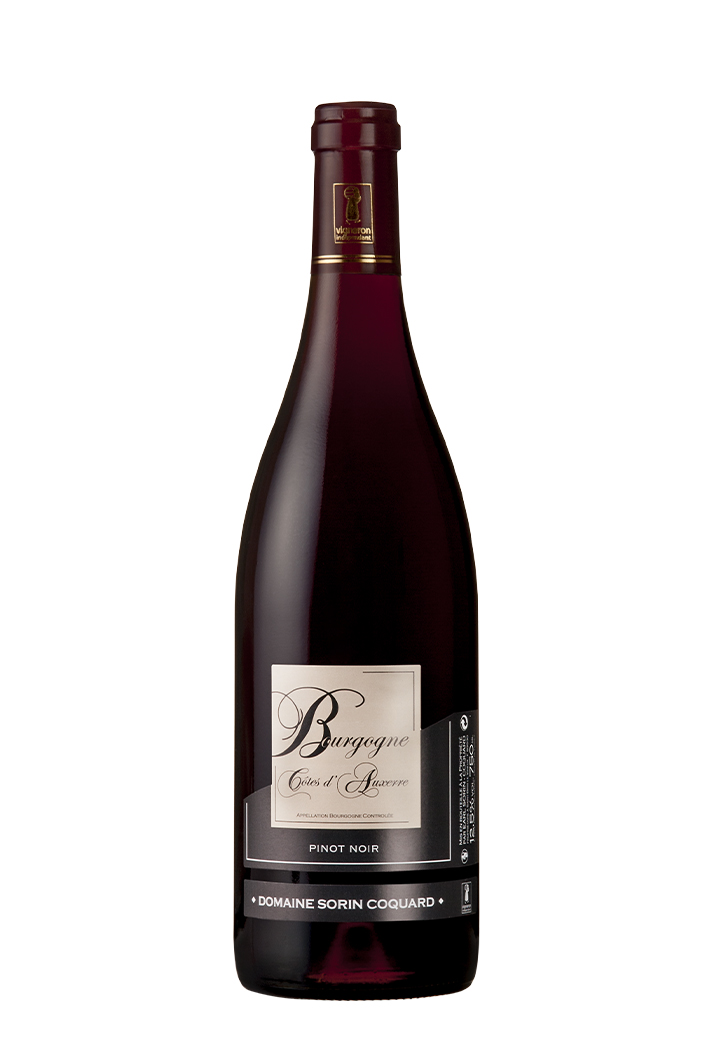

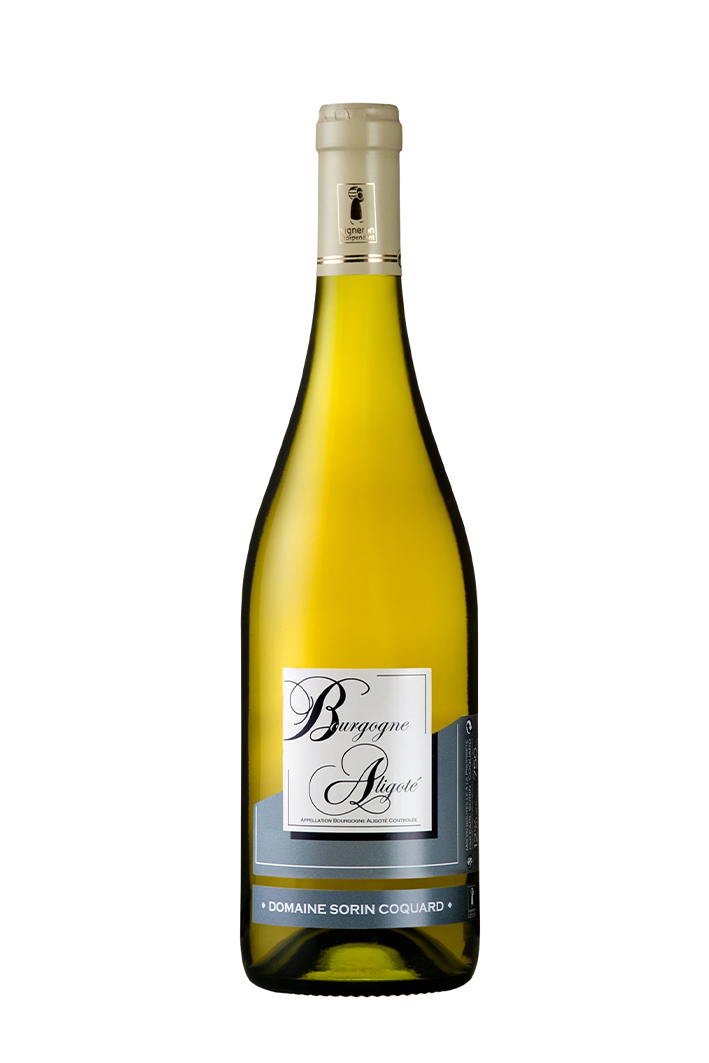

Alsace stretches out in a mosaic of terroirs, surrounded by the slopes of the Vosges and the plains of Burgundy. Today, it stands out thanks
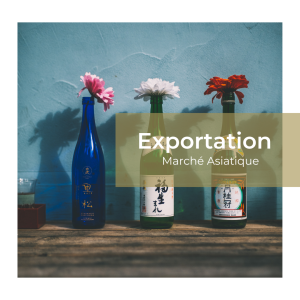
Exporting French wines to the Asian market offers numerous opportunities for foreign beverage distributors. Asia, as a rapidly growing economic region, presents a growing demand for luxury products, and French wines are no exception.
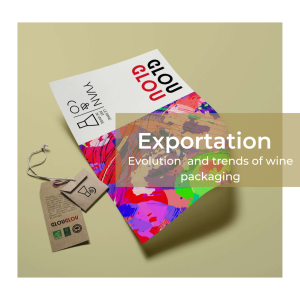
The world of wine is constantly evolving, and bottle packaging plays an essential role in this transformation. As a company passionate about promoting French wines internationally, you are certainly aware of the importance of design and packaging in attracting foreign consumers and retaining your clientele.
Keep up to date with the latest news from La Confrérie des Domaines and our wineries.